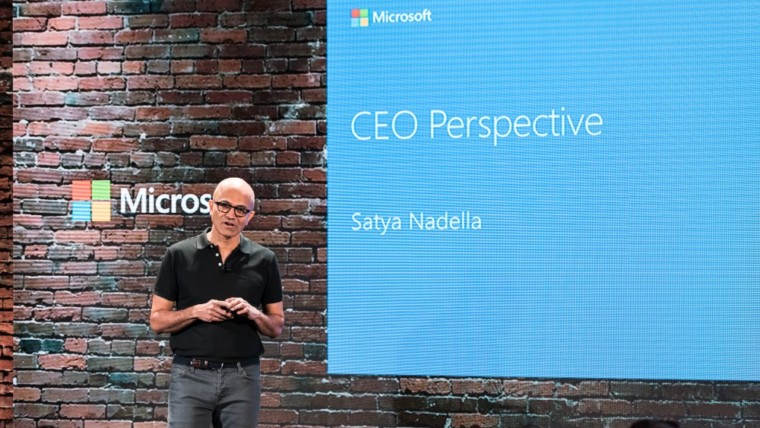Performance reviews don’t have to be a dreaded ritual. Facebook’s VP of People Lori Goler repurposed these meetings as an opportunity to step back from the work itself and reflect on their people and progress. The result is a thoughtful process that helps managers better understand their team members’ strengths.
How Facebook Conducts Performance Reviews
- Define the purpose. First, explain to the team that performance reviews are checkpoints, not investigations of who to fire next. The goal of these meetings should be to discuss how responsibilities have evolved, and what new roles an employee may be holding. Conversations about poor performance take places as needed, rather than being “saved up” for biannual meetings.
- Set the rhythm. Facebook conducts performance reviews biannually, which reduces the number of surprises in employee reviews. “We do it twice a year because the business moves very quickly and our product moves very quickly, and if you wait a whole year, a lot of things have changed,” Goler said.
- Create feedback tools. Facebook’s 12,000 employees have access to internal software to keep all teams aligned. Managers use this software to track projects, but it also allows employees to give ad hoc feedback to one another. There’s even a “thanks” section for team members to give each other positive feedback. The goal is for employees to receive regular and frequent feedback from the people who work closest with them.
- Collect data. Two weeks prior to an employee’s performance reviews, managers gather three to five analysis reports from an employee’s closest colleagues and pull feedback from the internal software. Facebook found that managers start seeing performance insights after reviewing five reports.
- Self-reflect. Facebook asks employees to evaluate themselves prior to performance reviews. This makes for a more holistic review with managers.
- Identify new responsibilities. After reviewing team member reports, feedback from internal software, and the individual’s self-assessment, the manager and employee discuss new opportunities and possible compensation talks.
- Learn from other managers. Managers all over Facebook then meet to share insights after conducting performance reviews with their teams. This is an opportunity for cross-functional learning and to understand if similar issues or blockers persist on other teams.
Published May 5, 2016








The Evolutionary Edge
Every Link Ever from Our Newsletter
Why Self-Organizing is So Hard
Welcome to the Era of the Empowered Employee
The Power of “What If?” and “Why Not?”
An Adaptive Approach to the Strategic Planning Process
Why Culture/Market Fit Is More Important than Product/Market Fit
Group Decision Making Model: How to Make Better Decisions as a Team